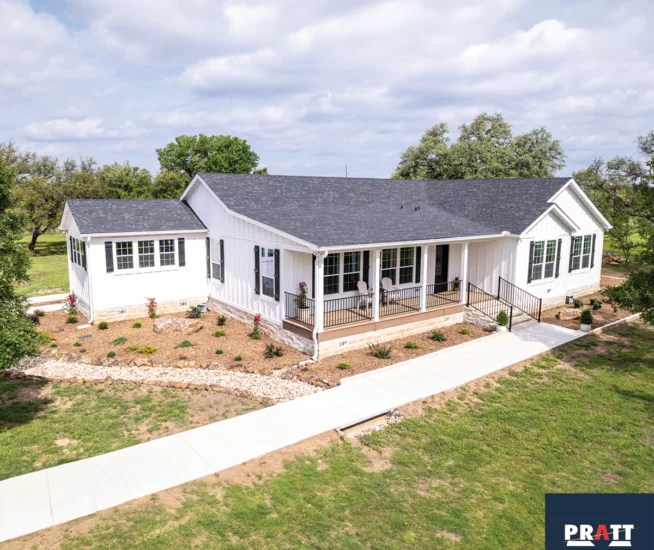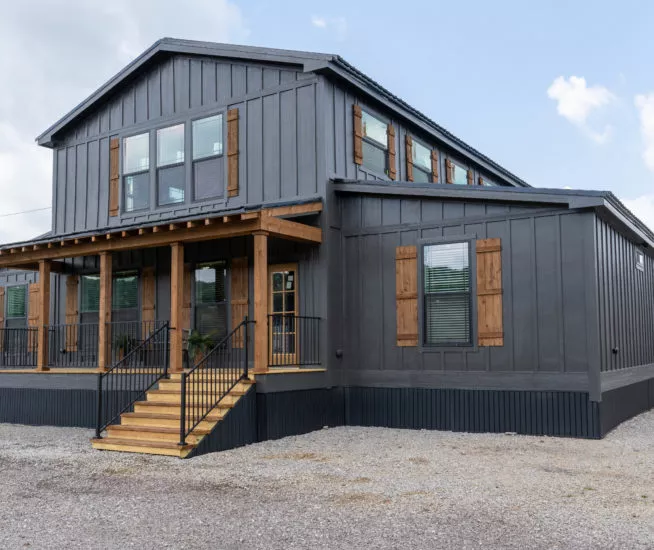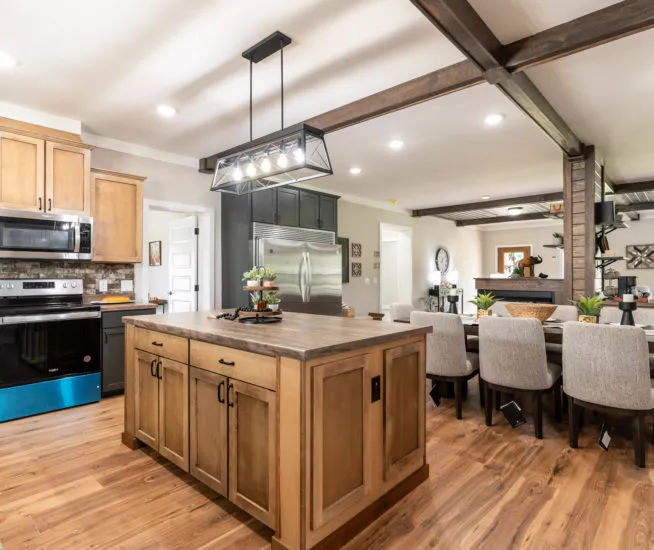Blower door technology has been around since 1977. Now some states have started to adopt the blower door test as a way to measure the efficiency of a home. This test serves to show just how much air is able to make its way into a home, therefore showing how efficient or inefficient your home is at preventing heating and cooling loss.
How Does A Blower Door Test Work?
The blower door fan is used to blow air into or out of the building, creating either a positive or negative pressure differential between inside and outside. This pressure difference forces air through all holes and penetrations in the building enclosure. The tighter the building (e.g. fewer holes), the less air is needed from the blower door fan to create a change in building pressure. States have that have adopted the newer building codes now require an air leakage rate of less than five Air Changes per Hour (5 ACH50) in climate zones 1 and 2, and a 3 ACH50 in zones 3 through 8 for new homes.
The test will not show exactly where air is being allowed into the house, but it will show whether the level is acceptable or not. You want leaks to be sealed in order to reduce energy used to air leakage, avoid moisture condensation problems, prevent drafts, and determine how much ventilation may be needed to ensure proper indoor air quality.
When a home performs poorly, it is time to track down the leaks. Typical culprits may include gaps around outlets, door or windows installed improperly, or attic access not sealed properly. When a home performs very well, extra mechanical ventilation may be necessary to ensure enough fresh air enters the home in a controlled manner.
Modular home systems often perform better in these blower door tests, because they are built in a factory and fit better together. Lumber is drier so no shrinkage occurs. Gaps around switches and outlets are sealed at the factory and insulation is installed correctly throughout the home. In the factory controlled construction of a modular home, details are managed precisely from start to finish in a controlled environment.




